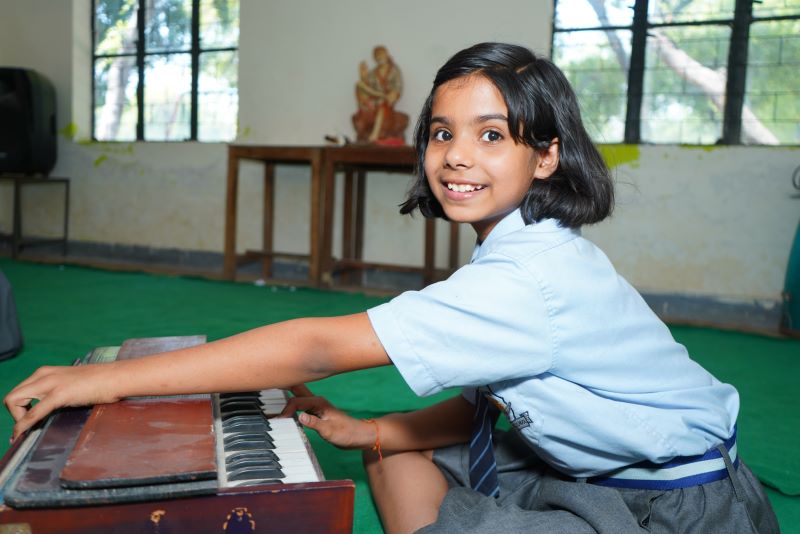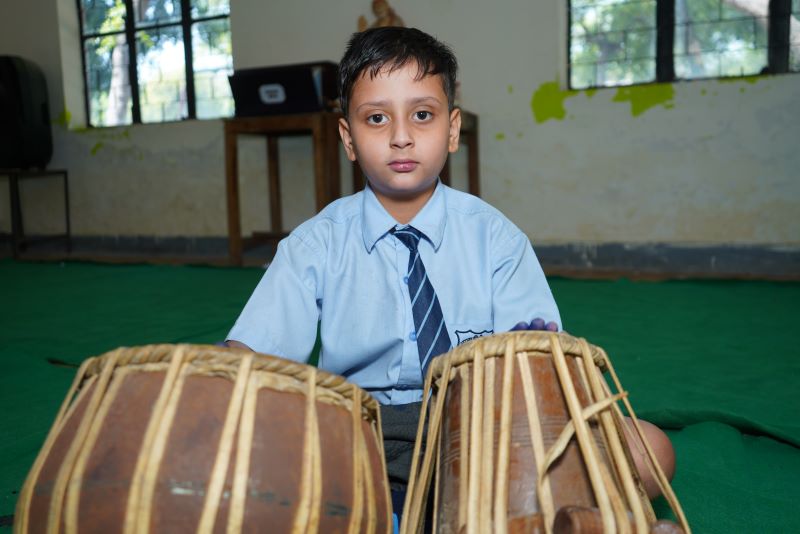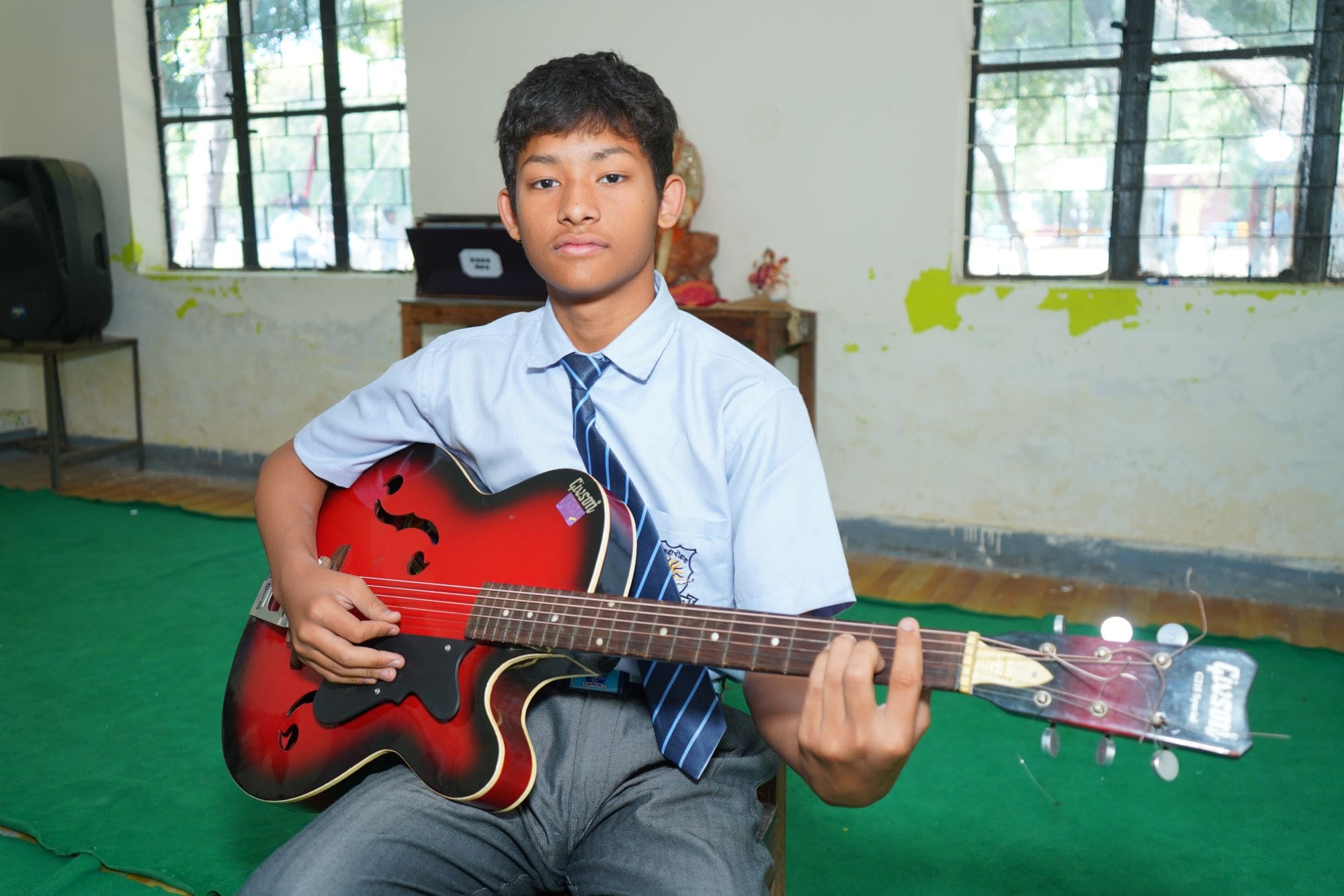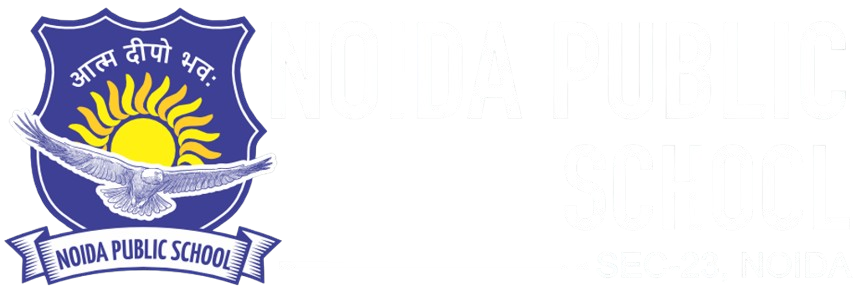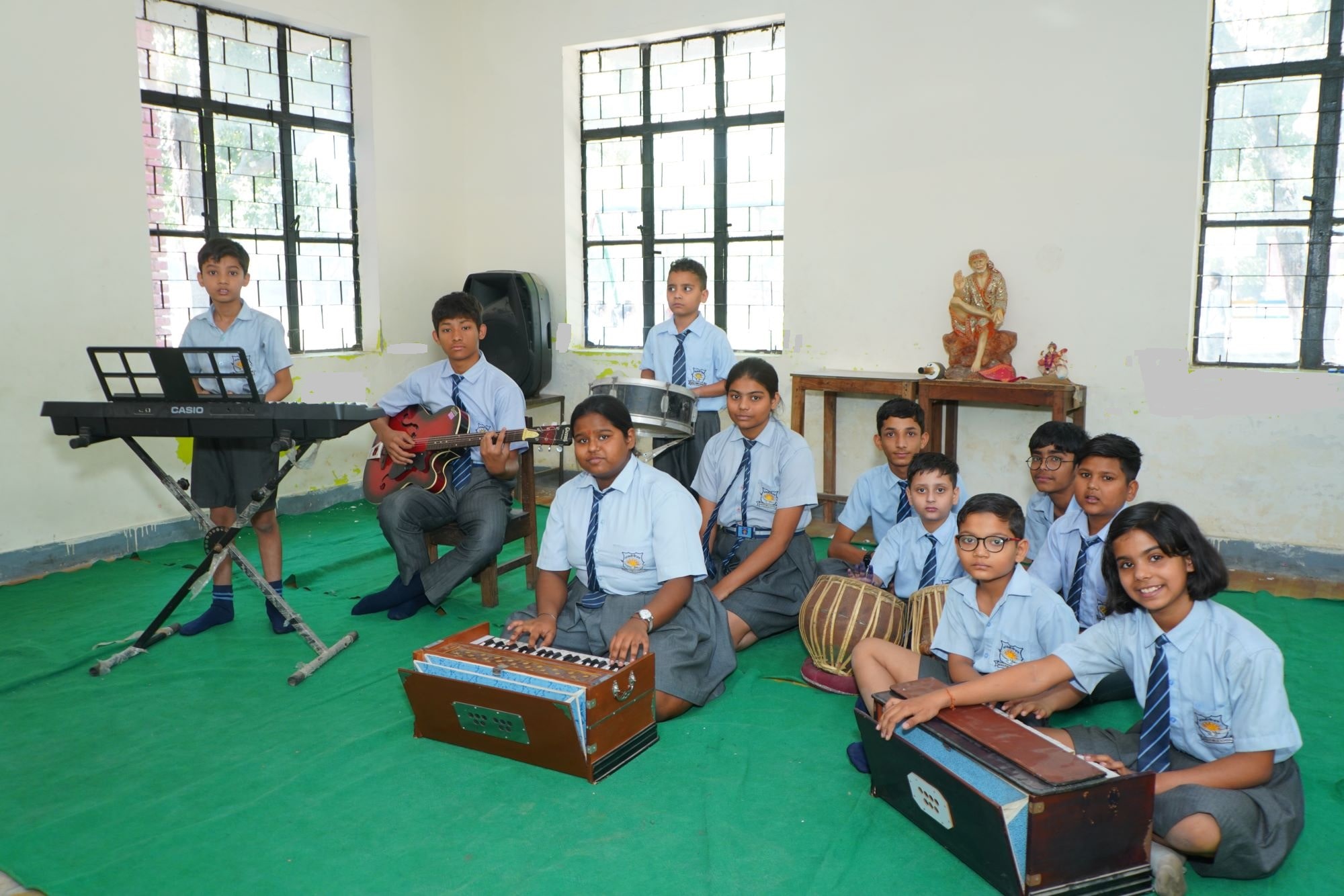
Dance & Music
Dance
Dance is interpreted by considering artistic intent, meaning, and artistic expression as communicated through the use of the body, elements of dance, technique, structure, and context. To develop a discerning eye, students observe dance performance and share impressions, ideas, and context cues from movements observed.
Dance provides numerous functions in a society. People experience dance in different ways and for many different reasons. Most people are aware of dance as a performing art on stage, screen and media, but dancing can also be a social activity, a form of physical fitness, or a prime means of expressing cultural heritage and identity. Historically, dance was often performed in rituals, worship, social celebrations, and as a means of entertainment and selfexpression. Today, dance is still a part of traditional events but also as an element of new innovative performing experiences. Dance is the most ephemeral of all the arts although improvements in video technology have affected the way we presently record and observe dance. Uniquely, dance is also accessible to many people because one only needs a body to create art through movement. Although dancing is the most common way people interact with the art of dance, other dance experiences include choreographing, viewing, and analyzing dance. The goal of dance education is to inform and enable students to appreciate and participate in various aspects of dancing: creating/choreographing, performing, and responding to dance. Students learn the craft of choreography, giving them an opportunity to become creative artists, as they practice using a variety of choreographic tools and devices. A wide range of dance styles and techniques are studied, from traditional folk dances to highly evolved classical ballet or modern techniques, from ethnic and cultural dances like those found in India or Africa to numerous contemporary urban dances. Learning how to understand and interpret dance performance can open the door to a lifetime involvement with dancing. When students are given opportunities to watch dance performances, live or on video, this helps them define what makes dance movement interesting, meaningful, or artistic to them. In the best circumstances, very young children have early opportunities to experience dance through simple rhythmic movements, such as being rocked, or rhythmic moving games like playing “patty cake” or skipping games like “Ring Around the Rosie.” Parents or guardians and preschool teachers should also encourage children to engage in expressive movements. Encouraging children to express themselves by dancing freely to music, leading “freeze dance” games with stopping and starting cues, and inspiring children to create imaginative shapes with their bodies.
experience music in their regular classrooms, such as by studying the music of various cultures in social studies classes or responding to music as a writing prompt. During the upper-elementary grades interested students should have opportunities to begin participating in chorus and to begin the study of band and/or stringed instruments. (Although, ideally string instruction should begin as early as kindergarten.) During middle school, if not before, all students should have opportunities to compose music using electronic technologies, and to study a harmonizing instrument such as the guitar or keyboard, as part of their required general music courses. In addition to this core musical study, students should have opportunities to participate in choral and instrumental ensembles. High schools should offer students sequential elective courses in vocal and instrumental ensemble (traditional, jazz and other ethnic forms), music composition (using electronic and other means), and harmonizing instruments (guitar, keyboard). Advanced and highly motivated students should have opportunities to elect Advanced Placement courses, such as music theory. During the elementary and middle school years, dance can be integrated into physical education and music classes; however, it is best to have dance taught as a separate discipline by teachers who are experts in the field of dance and creative movement. Dance can also be an integral component of academic learning in more multifaceted curriculums. At the high school level, students should be offered a series of elective dance courses that involve performing, creating, and responding to many types of dance performances.
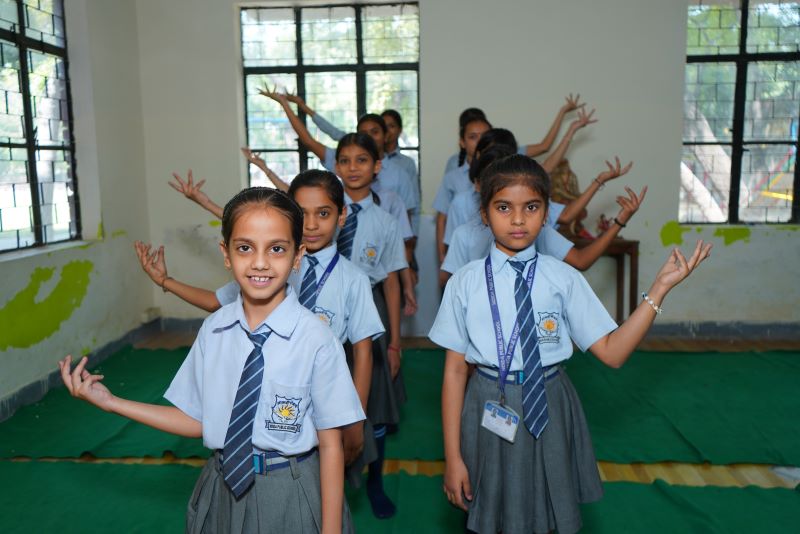
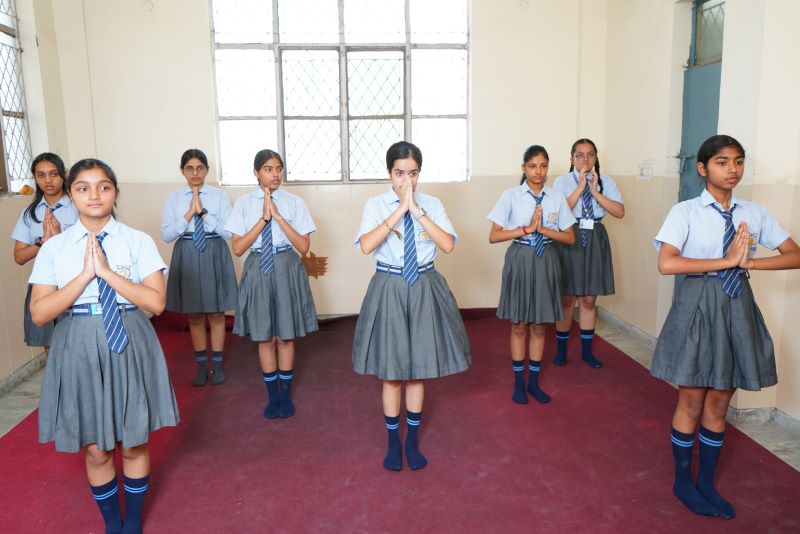

Music
In music, the introduction is a passage or section which opens a movement or a separate piece, preceding the theme or lyrics. In popular music, this is often known as the song intro or just the intro. The introduction establishes melodic, harmonic or rhythmic material related to the main body of a piece.
Music encompasses a broad array of organized expressive sound, both with and without words. Across the centuries and around the world, music has been produced using a wide array of media such as created instruments, including traditional acoustic and electronic sources; environmental sound sources ranging from natural objects, such as logs and rocks, to household utensils, such as spoons and washboards; and the human body, from vibrating vocal cords to stamping feet. The literature of music consists of an enormous range of repertoire from a variety of classical, folk and popular traditions, some of it preserved in notation and much of it passed down through oral tradition. The Connecticut Arts Standards embrace the broad and diverse nature of the art form of music through the music making processes of creating, performing, responding, and connecting. The purpose of music education is to prepare students for a lifetime of active, satisfying involvement with music in a variety of forms. Contemporary life is filled with musical encounters.
Music education should empower students to create, refine and notate their own original music; read, interpret and perform music literature created by themselves and others; and respond with understanding to others’ musical works and performances. Children’s capacity to respond to music begins at least by birth, and — according to considerable evidence — possibly in the womb. Parents and preschool teachers should sing to, move with and play music for their children. Preschool teachers should incorporate a rich variety of other musical experiences on a daily basis, such as by using music for transitions between activities.
